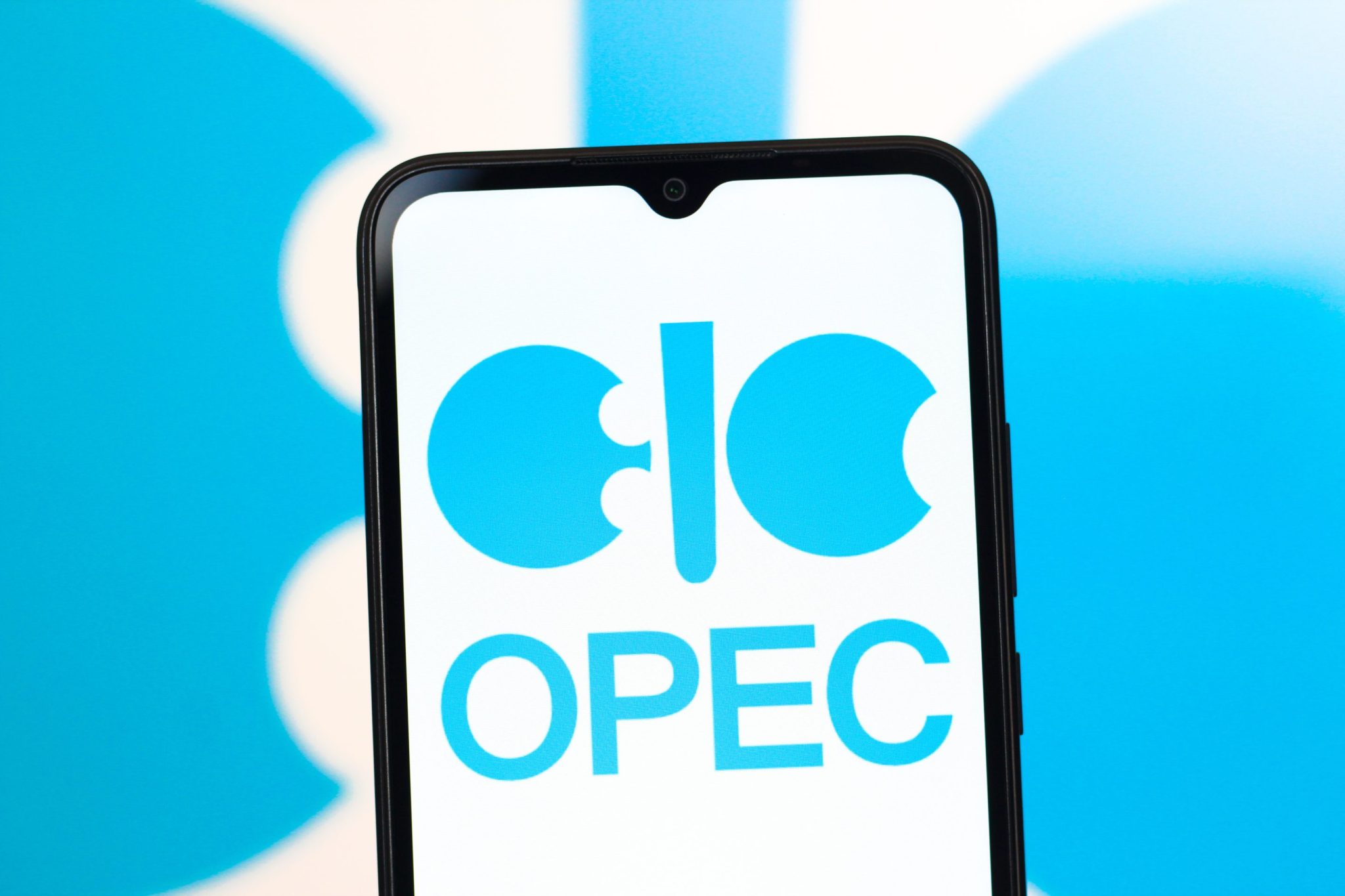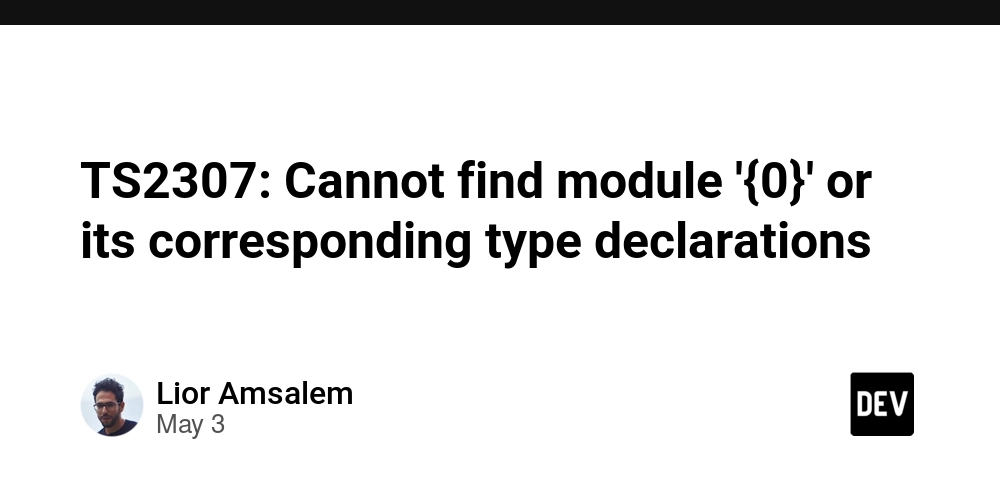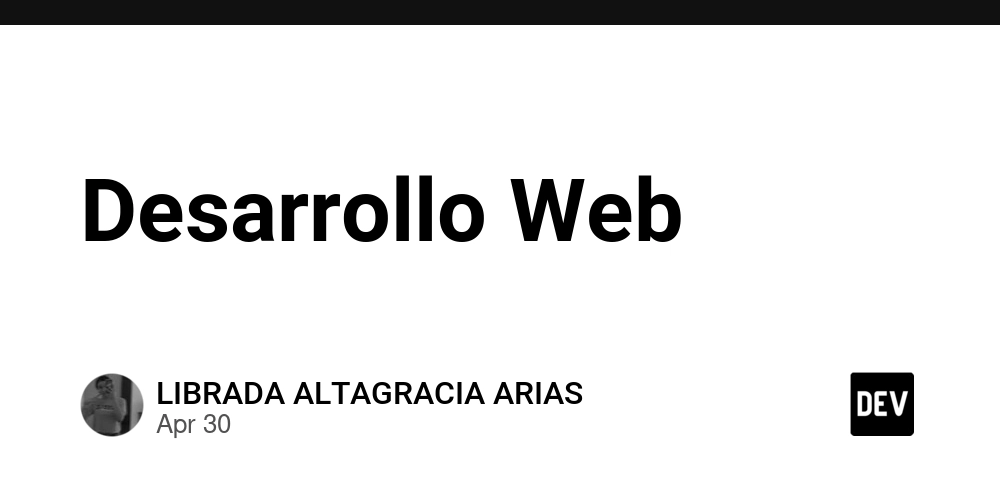Promptagogy: Beyond Prompt Engineering
Written by Nicholas Bennett using AI tools including Claude.ai and ChatGPT for editorial refinement TL;DR: Prompt engineering focuses on crafting perfect prompts, but there's equal value in learning from how others converse with AI. I'm introducing "promptagogy": the practice of metacognitive learning through AI interaction that prioritizes the observation and documentation of diverse questioning pathways, treating prompts as windows into human thought processes rather than merely as tools for generating specific outputs. Join the waitlist for promptagogy.com to be part of this complementary approach. A New Approach to AI Literacy While countless courses teach formulas for crafting perfect prompts, they often overlook an equally powerful approach to AI literacy: learning by watching how others interact with these systems. The prompt engineering approach, valuable as it is, has an important counterpart that I call promptagogy. Promptagogy is the practice of metacognitive learning through AI interaction that prioritizes the observation and documentation of diverse questioning pathways, treating prompts as windows into human thought processes rather than merely as tools for generating specific outputs. The term draws inspiration from "pedagogy," derived from the Greek "paidagōgos," literally meaning "to lead the child" where "país" means child and "ágō" means to lead or guide. While traditional pedagogy emerged as the art and science of teaching, promptagogy applies these educational principles to the evolving practice of AI interaction. Just as pedagogy evolved from its ancient Greek origins to a sophisticated discipline of educational theory and practice, promptagogy represents a natural evolution. It shifts from merely crafting effective prompts to understanding the deeper learning processes that occur when humans engage with AI through conversation. The Complement to Current Approaches Prompt engineering courses treat AI interaction like a programming language: follow specific syntax rules, use particular keywords, structure your request in the "correct" way. This approach works. It's valuable. But it's only half the picture. Here's what it often misses: Diverse thinking styles. Rule-following, structured approaches work for some minds but aren't intuitive for everyone. The evolution process. Models and techniques change. Understanding the process of refining prompts is as important as knowing the current best practices. The learning journey. You see the final, optimized prompt but not the path taken to discover it. What's needed isn't a replacement for prompt engineering, but a complementary approach that embraces the messiness and diversity of how humans naturally learn. Promptagogy in Action: Real-World Examples Consider these simple conversation evolutions I've collected. Notice how each second prompt starts with a quick "pause" that acknowledges the AI's response, then narrows the request to something more practical: First (general) prompt Second (refined) prompt "Can you explain what a black hole is?" "That's too much information; could you give me one simple analogy a teenager would get?" "What are the basics of healthy eating?" "I don't understand. Can you boil it down to three easy tips I can start today?" "What exactly is happening with climate change?" "That's not what I wanted. Just tell me two everyday actions that genuinely make a difference." "How do people switch careers into tech?" "That's too much information. What's the very first step I should take this month?" "What should I see if I visit Paris?" "I don't understand. Can you suggest one must-see place and the best time of day to go?" These examples reveal a pattern: effective prompt refinement often involves acknowledging where the first response fell short, then narrowing scope dramatically toward concrete, actionable information. This evolution from broad to specific, from overwhelming to manageable, represents a microcosm of the learning process itself. From Technical Complexity to Vivid Understanding More technical domains benefit even more dramatically from prompt refinement. Notice how these second prompts specifically request analogies, metaphors, and examples to transform abstract concepts into vivid understanding: Topic First (introductory) prompt Second (refined) prompt Black holes "What exactly are black holes and how do they form?" "That's fascinating but abstract. Can you give me a kitchen-based metaphor for how a black hole's gravity works that I could explain to my 12-year-old?" Large-scale farming "How does industrial agriculture work in modern times?" "I'm still confused. Could you use an analogy comparing traditional farming to modern precision agriculture, like how a craftsman compares to something else?" Job hunting "What's the best way to get a job in today's market?" "That feels overwhelming. Can you give me a concrete ex

Written by Nicholas Bennett using AI tools including Claude.ai and ChatGPT for editorial refinement
TL;DR: Prompt engineering focuses on crafting perfect prompts, but there's equal value in learning from how others converse with AI. I'm introducing "promptagogy": the practice of metacognitive learning through AI interaction that prioritizes the observation and documentation of diverse questioning pathways, treating prompts as windows into human thought processes rather than merely as tools for generating specific outputs. Join the waitlist for promptagogy.com to be part of this complementary approach.
A New Approach to AI Literacy
While countless courses teach formulas for crafting perfect prompts, they often overlook an equally powerful approach to AI literacy: learning by watching how others interact with these systems. The prompt engineering approach, valuable as it is, has an important counterpart that I call promptagogy.
Promptagogy is the practice of metacognitive learning through AI interaction that prioritizes the observation and documentation of diverse questioning pathways, treating prompts as windows into human thought processes rather than merely as tools for generating specific outputs.
The term draws inspiration from "pedagogy," derived from the Greek "paidagōgos," literally meaning "to lead the child" where "país" means child and "ágō" means to lead or guide. While traditional pedagogy emerged as the art and science of teaching, promptagogy applies these educational principles to the evolving practice of AI interaction. Just as pedagogy evolved from its ancient Greek origins to a sophisticated discipline of educational theory and practice, promptagogy represents a natural evolution. It shifts from merely crafting effective prompts to understanding the deeper learning processes that occur when humans engage with AI through conversation.
The Complement to Current Approaches
Prompt engineering courses treat AI interaction like a programming language: follow specific syntax rules, use particular keywords, structure your request in the "correct" way.
This approach works. It's valuable. But it's only half the picture. Here's what it often misses:
- Diverse thinking styles. Rule-following, structured approaches work for some minds but aren't intuitive for everyone.
- The evolution process. Models and techniques change. Understanding the process of refining prompts is as important as knowing the current best practices.
- The learning journey. You see the final, optimized prompt but not the path taken to discover it.
What's needed isn't a replacement for prompt engineering, but a complementary approach that embraces the messiness and diversity of how humans naturally learn.
Promptagogy in Action: Real-World Examples
Consider these simple conversation evolutions I've collected. Notice how each second prompt starts with a quick "pause" that acknowledges the AI's response, then narrows the request to something more practical:
| First (general) prompt | Second (refined) prompt |
|---|---|
| "Can you explain what a black hole is?" | "That's too much information; could you give me one simple analogy a teenager would get?" |
| "What are the basics of healthy eating?" | "I don't understand. Can you boil it down to three easy tips I can start today?" |
| "What exactly is happening with climate change?" | "That's not what I wanted. Just tell me two everyday actions that genuinely make a difference." |
| "How do people switch careers into tech?" | "That's too much information. What's the very first step I should take this month?" |
| "What should I see if I visit Paris?" | "I don't understand. Can you suggest one must-see place and the best time of day to go?" |
These examples reveal a pattern: effective prompt refinement often involves acknowledging where the first response fell short, then narrowing scope dramatically toward concrete, actionable information. This evolution from broad to specific, from overwhelming to manageable, represents a microcosm of the learning process itself.
From Technical Complexity to Vivid Understanding
More technical domains benefit even more dramatically from prompt refinement. Notice how these second prompts specifically request analogies, metaphors, and examples to transform abstract concepts into vivid understanding:
| Topic | First (introductory) prompt | Second (refined) prompt |
|---|---|---|
| Black holes | "What exactly are black holes and how do they form?" | "That's fascinating but abstract. Can you give me a kitchen-based metaphor for how a black hole's gravity works that I could explain to my 12-year-old?" |
| Large-scale farming | "How does industrial agriculture work in modern times?" | "I'm still confused. Could you use an analogy comparing traditional farming to modern precision agriculture, like how a craftsman compares to something else?" |
| Job hunting | "What's the best way to get a job in today's market?" | "That feels overwhelming. Can you give me a concrete example of how one specific person successfully navigated a career change into tech with no experience?" |
| US economy | "How does the Federal Reserve impact the US economy?" | "That's too technical. Could you use a metaphor involving a thermostat in a house to explain how the Fed controls inflation?" |
| Language learning | "What are the most effective methods for learning a new language?" | "I need something more tangible. Can you give me an analogy comparing language learning to building a physical skill, with specific examples of what the 'practice drills' would look like?" |
In technical domains especially, we see how the second prompts don't just narrow scope. They transform abstract information into concrete understanding through deliberate requests for analogies and examples. This pattern of refinement is particularly powerful for topics that are naturally abstract or complex.
What fascinates me is that different people will refine their prompts in different ways, reflecting their unique cognitive approaches. Some people naturally break problems into sequential steps, while others prefer concrete examples first. Some navigate by metaphor, others by clear definitions. There's no single "correct" way to evolve a conversation with AI.
My Journey to Promptagogy
Early Learning Experiences
I've never resonated with spoon-fed approaches to learning. School's rigid structures and predetermined pathways left me feeling constrained, not inspired. I've always learned best through examples and my own explorations. I discover patterns. I test boundaries. I find my own path to understanding.
At 13, I taught myself C and assembly language without textbooks or formal courses. I talked with friends and bounced ideas off each other. We downloaded code from programmers in Europe. We examined it line by line. We experimented with modifications. We learned through this organic process of exploration.
Looking at code, especially seeing how it evolved through iterations, became a window into someone else's crystallized thinking. It offered a way to understand not just the subject of the code but the very practice of transforming thought into prescription.
Professional Evolution
For 16 years, I worked in desktop tech support where I developed a practice that would later influence my thinking about promptagogy. I became a dedicated self-documentarian in my support tickets. I wrote down everything I tried and failed, along with the final solution. This served multiple purposes: it helped me reason out loud, share work with others, learn from my own reasoning journey, and invite colleagues to learn from my process as well. This practice of documenting the full troubleshooting journey helped our entire team become better problem solvers.
I also learned the importance of adaptive communication. When explaining technical issues to users, I discovered that starting with questions rather than answers was far more effective. For instance, if the Chief of Staff asked what I did to make her laptop faster, I wouldn't launch into a monologue about SSD performance and Windows optimization. Instead, I'd ask, "Have you ever used the Task Manager to close a frozen program?" This simple question would help me gauge her technical vocabulary and understanding.
If she wasn't familiar with Task Manager, I'd use an analogy: "I made your laptop faster by returning it to a clean state with your data intact. Computers just need periodic tune-ups like cars." But if she demonstrated more technical knowledge, I could build on that foundation with more detailed explanations. This question-first approach allowed me to adapt my explanation to her existing mental model rather than forcing her to adapt to mine.
Finding Models for Adaptive Learning
When mentoring junior technicians, I approached them like users of a product that I needed to empower. This led me to Kathy Sierra's book "Badass: Making Users Awesome," where she cites studies showing we learn many times faster by watching an expert perform a task than from simply receiving textbook bottom-up instruction. She referenced research by Phillip Kellman from UCLA and Mary Kaiser from NASA presented in 1994 that found: "Within two hours, non-pilots were faster at accurately interpreting the cockpit instruments than seasoned pilots with an average of more than 1,000 hours flight experience." Seeing the process, including the mistakes and corrections, accelerated learning in ways that perfect demonstrations couldn't match.
I've long felt a kinship with young King Arthur learning from Merlin in "The Sword in the Stone." I dreamed of having my own knowledgeable wizard to question.
I also had Penny's Computer Book on my wishlist from Inspector Gadget; a responsive, intelligent guide that provided just the information needed at just the right time.
These weren't just fantasy escapism. They represented an ideal learning relationship: responsive, adaptive, patient, and tailored to the individual learner. Now, by engaging with AI in a conversational way and learning how to ask better questions, it feels like I finally have that infinitely patient wizard. Not as a replacement for human connections; rather, a new kind of learning companion that adapts to my particular way of thinking and questioning.
Epistemological Pluralism in the Age of AI
This is where Sherry Turkle's groundbreaking paper "Epistemological Pluralism and the Revaluation of the Concrete" offers valuable insight. Though written decades ago about early computing, her central thesis remains powerfully relevant: there are many valid ways of thinking, learning, and knowing. Many ways of interacting with computational systems.
Turkle observed that traditional computer science education often privileged abstract, rule-based thinking. It simultaneously devalued concrete, contextual approaches. Yet many brilliant minds thrived when allowed to engage with computational systems in ways that honored their preferred learning styles. This was particularly true for those from backgrounds underrepresented in tech.
This perspective connects directly to contemporary learning theory, which increasingly recognizes that effective education must accommodate diverse cognitive approaches rather than imposing a single "correct" methodology. The field of personalized learning and adaptive educational technologies reflects this understanding that different pathways can lead to similar mastery.
I believe we're seeing a similar dynamic play out with AI interaction. The dominant "prompt engineering" paradigm privileges a certain kind of thinking: structured, rule-bound, procedural. But what about those of us who learn differently? What about those who think in metaphors rather than flowcharts? Those who understand through dialogue rather than dictation?
This is why promptagogy matters. It's not about rejecting prompt engineering outright. There's genuine value in those approaches. Rather, it's about expanding the conversation to include diverse ways of learning how to learn from AI.
The Five Principles of Promptagogy
After months of exploration, I've identified five core principles of promptagogy that complement traditional prompt engineering approaches:
1. Observation Alongside Instruction
Study how different people approach the same challenge with AI while learning established techniques.
2. Process As Valuable As Product
The journey of refining questions teaches as much as the final optimized prompt.
3. Diversity of Cognitive Approaches
Different thinking styles produce different questioning strategies, each with unique strengths.
4. Crystallized Thinking
Prompts are artifacts of thought processes that reveal how people conceptualize problems.
5. Collective Learning
We advance faster by sharing our full conversational journeys alongside our successes.
Finding Balance: When to Use Each Approach
Both prompt engineering and promptagogy have their place in AI literacy:
Prompt engineering excels when:
- You need consistent, reliable results
- You're working within tight constraints or formal systems
- Efficiency and optimization are top priorities
- You're teaching beginners the fundamentals
Promptagogy shines when:
- You're exploring new capabilities or domains
- Creative and divergent thinking are valuable
- You're building deeper understanding of AI reasoning
- Learning styles vary among your team or students
The strongest approach combines both: structured techniques from prompt engineering with the metacognitive awareness and adaptability of promptagogy.
Promptagogy in Practice: A Tool for Collective Learning
This philosophy of learning through questioning inspired me to build promptagogy.com. It's a platform where people can share their prompt journeys, not just their "perfect prompts."
The app allows you to:
- Capture a series of prompts from your conversations with ChatGPT or Claude
- Annotate each prompt with your thinking, intentions, and reflections
- Share your journey with others through a unique URL
- Learn from how others evolved their questioning strategies
Unlike platforms that focus solely on sharing optimized prompts, promptagogy.com celebrates the process. The messy middle. The place where real learning happens.
The Process Behind This Article
This piece demonstrates promptagogy in practice. While approximately 80% represents my original thinking, writing, and personal experiences, AI tools helped refine phrasing and generate illustrative examples that comprise roughly 20% of the final text.
In developing this article, I employed several AI-assisted approaches that embody the promptagogy principles I'm advocating. For the editorial review process, I provided AI with the context that it was a viral and award-winning tech writer, then asked for specific feedback on catchiness and readability with my intended academic and practitioner audience in mind.
The term "promptagogy" itself emerged from an AI brainstorming session after exploring many potential names that were either already in use or lacked clarity. I also utilized AI to refine the article's structure, providing principles of readability concerning paragraph length and sentence variation.
The example prompt pairs that illustrate promptagogy in action were generated through my own iterative process with ChatGPT, which itself demonstrates promptagogy principles. I started with a general request:
"Give me 5 pairs of sequential prompts I might ask you, showing an evolution of my questioning style to learn about a topic. Let the first prompt be general or non-specific, and then in the second prompt show refinement that could reasonably have progressed based on the response from an AI."
The initial results were too complicated, technical, and heavily skewed toward software development topics. Seeing this, I refined my own prompt with more specific guidance:
"Make the second/refined prompts simpler. Make them less related to development and more accessible to a general audience. Start the second prompt with something like 'That's too much information' or 'I don't understand' or 'That's not what I wanted'. Give me 5 more pairs."
This process of refining my own prompt to get more useful examples perfectly illustrates the promptagogy approach in practice. I observed the initial results, identified what wasn't working, and evolved my questioning strategy to produce the examples you see in this article.
The core concepts, philosophical framework, and personal anecdotes are entirely my own. This collaborative approach embodies the very principles I'm advocating: an iterative questioning process where human creativity and technological capabilities complement each other. The evolution of this article through conversation with AI systems mirrors the learning journeys that promptagogy aims to document and share.
The Meta-Learning Revolution
The core insight of promptagogy isn't just about learning how to use AI yourself. It's about learning how to learn from how others use AI. It's built on the conviction that seeing how someone else's questions evolved is often more instructive than simply copying their final "perfect" prompt.
By observing the evolution of someone else's dialogue with AI, we gain insight not just into effective prompting, but into different ways of thinking and problem-solving. We learn to recognize patterns of questioning that might never have occurred to us. We expand our own cognitive toolkit by borrowing approaches from others with different thinking styles.
This meta-learning approach represents a fundamental shift. Rather than treating AI interaction as a skill to be mastered through rote techniques, promptagogy treats it as a mirror reflecting our cognitive processes. It becomes a tool for understanding not just the subject matter, but our own approaches to learning itself.
Promptagogy for Different Fields
For Educators
Promptagogy offers a new lens for teaching critical thinking. Instead of presenting AI as a tool to be optimally used, present it as a conversation partner to be explored. Have students compare their questioning strategies and reflect on the differences.
Educational researchers might implement promptagogy by creating "prompt journals" where students document their AI interactions and reflect on how their questioning strategies evolve over a semester. This approach helps develop metacognitive awareness while also providing rich data on diverse learning approaches. Teachers could use these insights to develop more inclusive instructional methods that accommodate various cognitive styles.
For Developers
Beyond crafting the perfect query for code generation, promptagogy encourages studying how different developers approach the same programming challenge through AI conversation. The evolution of a question often reveals more about software design thinking than the final prompt.
In software development teams, promptagogy could manifest as shared AI conversation logs where developers document how they refined their queries to solve specific programming problems. These logs become valuable learning resources, revealing diverse problem-solving approaches and helping new team members understand both the technical solutions and the thought processes behind them. Code reviews could expand to include "prompt reviews" that examine how AI assistance was leveraged.
For Researchers
Academic use of AI often focuses on getting precise, citeable outputs. Promptagogy suggests that the research process itself, the evolution of questions, may be as valuable as the final results.
Researchers implementing promptagogy might create collaborative databases of AI conversations organized by research domain, allowing scholars to study not just what answers were generated but how different researchers framed their inquiries. This meta-research approach could identify discipline-specific questioning patterns and reveal blind spots in conventional research methodologies. For interdisciplinary projects, promptagogy offers a framework for bridging different academic languages and approaches.
Join the Promptagogy Movement
What I've shared here is just my current understanding of promptagogy: the practice of metacognitive learning through AI interaction that prioritizes the observation and documentation of diverse questioning pathways, treating prompts as windows into human thought processes rather than merely as tools for generating specific outputs. I believe this concept deserves broader exploration and contribution.
Promptagogy isn't just about getting better answers from AI, though that's certainly a benefit. It's about becoming more thoughtful questioners. More reflective learners. More aware of our own thought processes. In a world increasingly mediated by AI systems, these meta-skills may prove more valuable than any specific prompt technique.
Promptagogy.com is currently in development. Join the waitlist to be among the first to document and share your prompt journeys: Promptagogy.com Waitlist
How do you learn from AI interactions? Do you follow templates, or develop your own questioning style? Have you ever studied how others interact with AI systems? Share your experiences in the comments below.
Further Reading
For readers interested in exploring related concepts in epistemology, cognitive approaches, and learning styles, these resources may provide valuable context:
Turkle, S., & Papert, S. (1990). Epistemological Pluralism: Styles and Voices within the Computer Culture. Signs: Journal of Women in Culture and Society, 16(1), 128-157.
Horst, S. (2016). Cognitive Pluralism. MIT Press.
Hofer, B. K., & Pintrich, P. R. (2002). Personal epistemology: The psychology of beliefs about knowledge and knowing. Lawrence Erlbaum Associates.
Sierra, K. (2015). Badass: Making users awesome. O'Reilly Media.
Sahoo, P., et al. (2024). A Systematic Survey of Prompt Engineering in Large Language Models: Techniques and Applications. arXiv Preprint arXiv:2402.07927.
Schulhoff, S., et al. (2024). The Prompt Report: A Systematic Survey of Prompt Engineering Techniques. arXiv Preprint arXiv:2406.06608.
Walter, C., et al. (2024). Prompt Engineering in Higher Education: A Systematic Review. International Journal of Educational Technology in Higher Education.
This is the first in a series exploring promptagogy. Coming soon: "The Promptagogy Manifesto," "Promptagogy vs. Prompt Engineering," and "Promptagogy for Educators."















































































